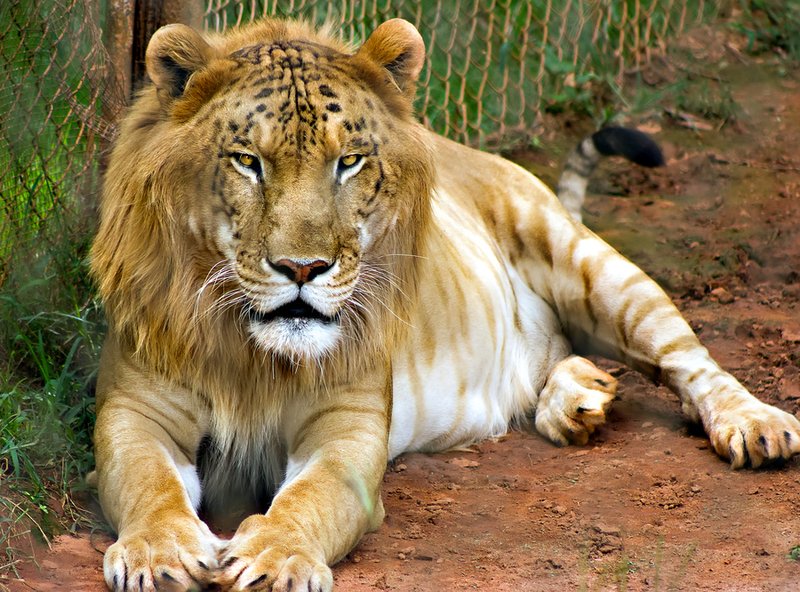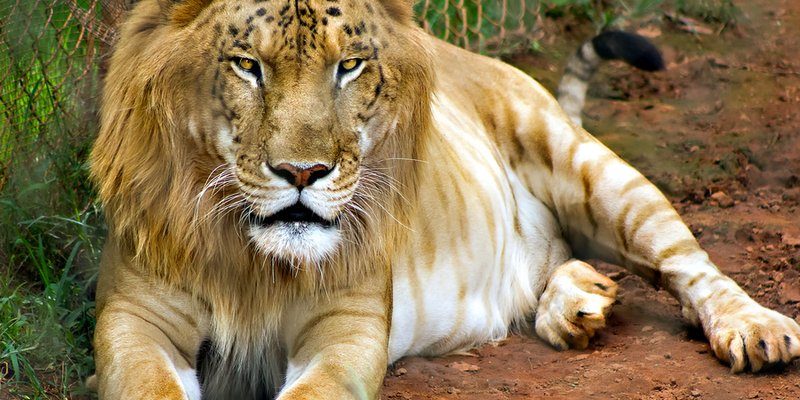
Ligers are fascinating not just because of their size (they can be huge!) but also due to how they’re represented in various cultures. They embody the qualities of both lions and tigers, which makes them symbolic in many narratives. This article will dive into how the liger appears in different cultural contexts, how it fits into the animal hybrids we’ve dreamt up, and the responses it elicits from people worldwide. Let’s explore this unique creature and the enchanting stories that surround it!
The Liger in Mythology and Folklore
Cultural representations of ligers often resemble the legendary beasts found in mythology. Similar to griffins or centaurs, ligers stir up curiosity and wonder. While they may not have ancient stories tied to them like mermaids or dragons, modern folklore has painted them with a magical brush.
In some Asian cultures, ligers are viewed as powerful symbols of strength and courage. Their lineage from two of the biggest and fiercest big cats suggest unparalleled might. Images of the liger often depict it as a guardian or protector, much like lions are sometimes portrayed in heraldry. This blending of traits from two iconic creatures creates a narrative of dual power—strength paired with agility.
In contrast, Western pop culture tends to view ligers more through a lens of novelty rather than reverence. Films, memes, and social media spread a lighter narrative about these creatures, often highlighting their size and playful demeanor. It’s fascinating how different cultures interpret the same animal so uniquely, isn’t it?
The Liger in Popular Culture
You might not realize how often ligers pop up in movies and TV shows. One of the most famous mentions comes from the movie *Napoleon Dynamite*, where a character proudly showcases a drawing of a liger, humorously emphasizing its uniqueness. This moment in pop culture introduced many to the liger’s existence, fueling curiosity and conversation.
Ligers also show up in documentaries and wildlife shows, often depicted in a more serious context. Programs about big cats reveal the challenges these hybrids face in captivity, including physical health issues and behavioral complexities. These representations are vital, as they help educate viewers about hybrid animals and the ethics of breeding them.
Additionally, ligers have made appearances in viral social media content. Memes featuring ligers often play on their size and strength, poking fun at their larger-than-life reputation. This trend points to our fascination with animals that straddle the lines of nature’s rules, blending humor and awe into a single package.
The Science Behind Ligers
If you’re curious about how ligers come to be, it’s a bit of a scientific marvel. Ligers are the result of a male lion breeding with a female tiger, and while it sounds simple, it’s a blend of genetics that leads to their distinct traits. When two different species mate, interesting things can happen, especially regarding size and behavior.
Ligers tend to grow larger than either parent species, a phenomenon called *hybrid vigor*. This means they can inherit the best features from both lions and tigers while amplifying their size and strength. However, they also face a range of health concerns, such as heart defects and developmental issues. That raises some ethical concerns around breeding these hybrids for entertainment purposes.
Moreover, since ligers do not exist in the wild, they rely on human intervention for survival. This reality adds a layer of complexity to their cultural representation—while they capture our imagination, they also represent challenges in conservation and ethical treatment of animals. It’s a reminder of how folklore can sometimes collide with scientific understanding.
Symbolism of the Liger in Art and Literature
Art offers another rich avenue for the liger’s representation. Throughout history, artists have drawn on the idea of fantastical creatures as representations of human emotions and struggles. The liger, with its unique background, becomes a canvas for themes of strength, duality, and the blending of identities.
In literature, you might find ligers symbolizing the struggle between two worlds—wildness and captivity, nature and nurture. These stories can resonate with readers who feel pulled between various aspects of their identities. In this way, the liger becomes more than just an animal; it transforms into a metaphor for personal journeys.
Artists also explore the liger’s duality through visual arts. Paintings featuring ligers often highlight their majestic size and striking appearance, capturing both the beauty and the inherent conflicts of being a hybrid. They remind us that nature, while awe-inspiring, can also challenge our perceptions and boundaries.
The Ethical Implications of Liger Breeding
As much as the liger fascinates us, it also raises some important ethical questions. The practice of breeding ligers mainly exists in captivity, often for entertainment purposes in zoos and theme parks. This practice can lead to health issues for the animals and brings up concerns about their well-being.
From a conservation perspective, breeding ligers does not contribute to preserving either species. Instead, it diverts resources away from protecting tigers and lions in the wild. Many animal rights activists argue that the focus should be on conservation efforts rather than hybridization. This tension between fascination and responsibility reflects larger issues in how we treat wildlife.
Additionally, there are concerns around how these hybrids are presented to the public. While they can be a draw for tourism, showing ligers in captivity can create misconceptions about their existence and the natural behavior of big cats. Understanding these complexities is crucial for anyone interested in wildlife conservation.
The liger embodies a unique blend of nature, mythology, and modern culture. Its representation in folklore and art sparks imagination and raises crucial questions about ethics and conservation. As we’ve seen, its presence in popular culture creates both humor and a deeper understanding of these fascinating hybrids.
While ligers can captivate our interest, they also remind us to think critically about our relationship with nature. Whether they appear in movies, literature, or art, ligers challenge us to explore the complexities of identity, existence, and our role in the natural world. In appreciating these creatures, we also open ourselves up to broader conversations about wildlife and the responsibility we carry toward it.

